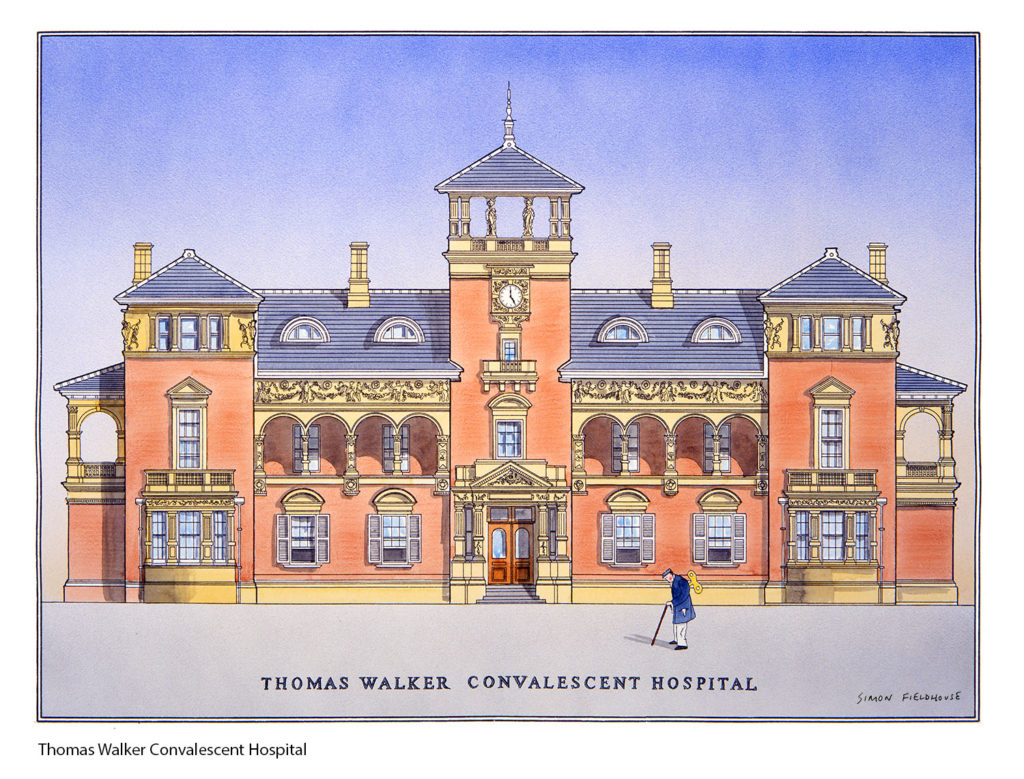
Thomas Walker Convalescent Hospital Rivendell
Thomas Walker Convalescent Hospital Rivendell is is a rare, unchanged example of a late 19th century major institutional complex, which was built in one major phase, and survives along the foreshores of Sydney Harbour and the Parramatta River. The only other surviving example is Callan Park.
This building, designed by John Sulman, was commissioned following the death of Thomas Walker in 1886 and built with the £100,000 bequest from his estate for this purpose. A further £50,000 was provided by his daughter Eadith, sister Joanna and Eadith’s companion, Anne Sulman (nee Masefield).
It is a fine example of a private architect’s design in Australia and is considered to be John Sulman’s finest work in this country.
Along with the Carrington Centennial Hospital, the Thomas Walker Convalescent Hospital is the only other convalescent hospital to have survived from the 19th century.
It is important because it reflects Florence Nightingale’s influence on 19th century convalescent hospital design principles and their adoption into Australian Architecture.
The hospital is also important for its social links with women in allowing them to pursue career opportunities.
The symmetrical division originally organised the building into male and female halves, with communal functions such as the administrative wing, the concert hall and the kitchen sitting astride the main axis.
The administrative section consists of three levels and a basement. The formal administration area was at ground level, nurses’ bedrooms on the first floor and servants’ quarters at the attic level.
A narrow staircase leads up from the second floor to the belltower with its magnificent views over the city.
The hospital was opened in 1893 and was used for convalescents until World War II. The patients were not charged for their care; Walker’s endowment providing for four week stays with a provision for further month if necessary.